Cut flower gardens have long been cultivated to add splashes of color and fragrance to indoor spaces, while ensuring a steady supply of blooms for vases and arrangements. Historically a staple in grand estates, today cut flower garden designs are flourishing in diverse settings, from urban backyards to sprawling country gardens. Regardless of scale, these gardens are crafted to optimize both beauty and productivity, offering an endless array of blooms throughout the growing season. Though some might initially perceive them as high-maintenance or exclusive, cut flower gardens are remarkably adaptable and rewarding, contributing significantly to the trend of sustainable and self-sufficient home gardening. Elevate your floral repertoire with the ideas below and start your own garden of floral delights.
Colorful flower arrangement. Incorporate bold dahlias, delicate baby’s breath, and striking celosia for vibrant visual interest. This combination adds texture and depth to your garden design. Source
Vibrant flower beds with zinnias and marigolds. Incorporating these cut flowers enhances the garden's aesthetic and provides delightful blooms for arrangements. Source
Colorful dahlias and zinnias around a calming fountain create a vibrant focal point in your garden design. This combination enhances visual interest and attracts pollinators, enriching the overall garden experience. Source
Vibrant perennial borders with lavender and decorative grasses. This combination brings color and texture while attracting pollinators, enhancing the garden's overall beauty. Source
Vibrant cut flower arrangements. Incorporating bold colors and varying textures can create an inviting centerpiece, enhancing the overall garden dining experience. Source
Vibrant potted flowers with seasonal pumpkins create a colorful garden display. This design adds texture and seasonal variety, enhancing curb appeal while celebrating autumn. Source
Vibrant bouquet of dahlias, zinnias, and roses. Incorporating a mix of shapes and colors creates dynamic visual interest in garden arrangements. Source
Colorful floral bouquet. Incorporate hydrangeas, roses, and daisies for a vibrant display. This combination creates a visually appealing arrangement that enhances any garden or indoor space. Source
Vibrant bouquet of dahlias and zinnias. Incorporating a mix of colors and shapes can create a stunning focal point in garden design, showcasing the beauty of cut flowers. Source
Vibrant floral arrangement with diverse cut flowers. Incorporating bold yellow marigolds, delicate white blooms, and textured grasses creates visual interest. This mix enhances garden aesthetics through color and texture variety. Source
Dahlia arrangement with contrasting colors and shapes. Integrating white and pink dahlias can create a visually striking display while promoting biodiversity in the garden. Source
Vibrant cut flower garden with zinnias and lantana. Incorporating bold colors can attract pollinators while enhancing visual appeal. Source
Vibrant tulip bouquet with rich orange and red hues. This eye-catching arrangement can serve as a stunning centerpiece, bringing warmth and energy to any space. Source
Vibrant cut flower beds surrounded by vegetable plots. Incorporating a variety of flowers like zinnias can enhance visual appeal while attracting pollinators, which benefits both flowers and vegetables. Source
Colorful bouquet arrangement. Utilize peonies, roses, and sweet william to create layers and textures in your garden design. This variety will make for a visually dynamic display. Source
Vibrant zinnias as focal points. These cut flowers can add a lively and colorful touch to your garden design, creating visual interest and attracting pollinators. Source
Colorful bouquet arrangement. Include ranunculus, peonies, and eucalyptus in diverse heights for visual interest. This creates a vibrant focal point in any garden design. Source
Colorful dahlia arrangements. Incorporating various shades and sizes creates visual interest and depth in an arrangement. Source
Vibrant cut flower bouquets. Incorporate a mix of zinnias, hydrangeas, and delicate fillers for texture. These combinations can create a visually stunning arrangement perfect for any garden display. Source
Colorful dahlias arrangement. Incorporating a variety of shades and sizes enhances visual interest in garden design while celebrating seasonal blooms. Source
Bountiful floral arrangement with soft pastel hues. This design creates a romantic and inviting atmosphere that enhances any garden setting. Source
Vibrant cut flower bouquet featuring dahlias, asters, and lisianthus. This combination offers a lively mix of colors and textures perfect for enhancing any garden aesthetic or as a delightful centerpiece. Source
Perennial Flower Beds
Perennial flower beds are a fantastic way to add color and texture to any garden. These plants come back year after year, making them a low-maintenance option that still delivers stunning blooms. Mixing different heights, colors, and bloom times keeps the garden interesting throughout the seasons.
Seasonal Bloom Schedule
For a stunning garden, planning a seasonal bloom schedule is key. Start with early spring bulbs like daffodils and tulips, then transition to summer favorites like roses and hydrangeas. Finally, add in some autumn colors with asters and chrysanthemums to keep the garden lively right until frost.
Soil Preparation Techniques
Soil preparation is key for a thriving garden, and it starts with testing the pH and nutrient levels to know what you're working with. Tilling the soil and incorporating organic matter like compost or well-rotted manure really improves drainage and boosts fertility. Don't forget to remove rocks and weeds; a clean slate helps your plants get off to the best start possible!
Color Coordination Plan
When planning your garden, color coordination can really tie everything together. Choosing a palette with complementary and contrasting colors will make your plants pop and create a vibrant atmosphere. Think about seasonal changes too, swapping out flowers or adding foliage that matches your chosen colors throughout the year.
Plant Height Considerations
When designing a garden, pay attention to plant height for that perfect layered look. Taller plants should go towards the back, creating a nice backdrop, while shorter ones can form a colorful foreground. Mixing heights also adds depth and interest, making your garden visually appealing.
Sunlight Exposure Zones
Sunlight exposure zones are super important for garden design. Knowing where the sun hits your yard helps you choose the right plants for each spot, whether you have full sun, partial shade, or full shade areas. This way, your garden looks great and thrives without a ton of extra effort!
Wildlife Attraction Features
Adding native plants is a fantastic way to attract local wildlife, providing food and shelter for birds, bees, and butterflies. Installing birdhouses, bee hotels, or even a small pond can create inviting spots for critters to hang out. Don't forget to leave some areas a bit wild; tangled brush or a small patch of wildflowers can really bring the wildlife in!
Garden design for cut flowers involves strategically planning and arranging a garden space to optimize the growth and accessibility of flowers that are ideal for cutting and displaying indoors. This process generally includes selecting a diverse range of flowering plants based on their color, bloom time, and stem strength, such as roses, sunflowers, and dahlias, while ensuring they are compatible with the local climate and soil conditions. The result is a well-organized and visually appealing garden that continually supplies fresh, beautiful blooms throughout the growing season for bouquets and floral arrangements.

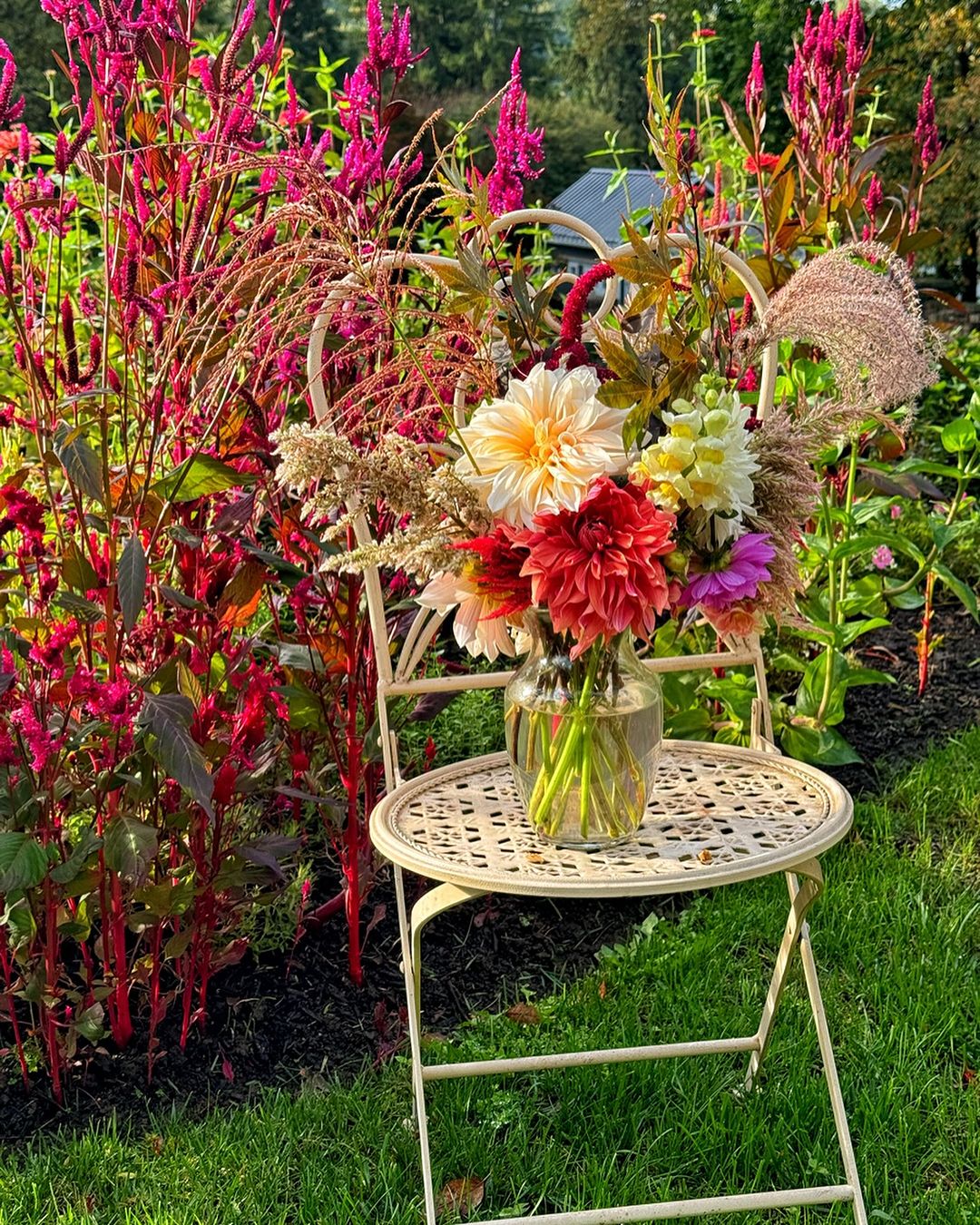
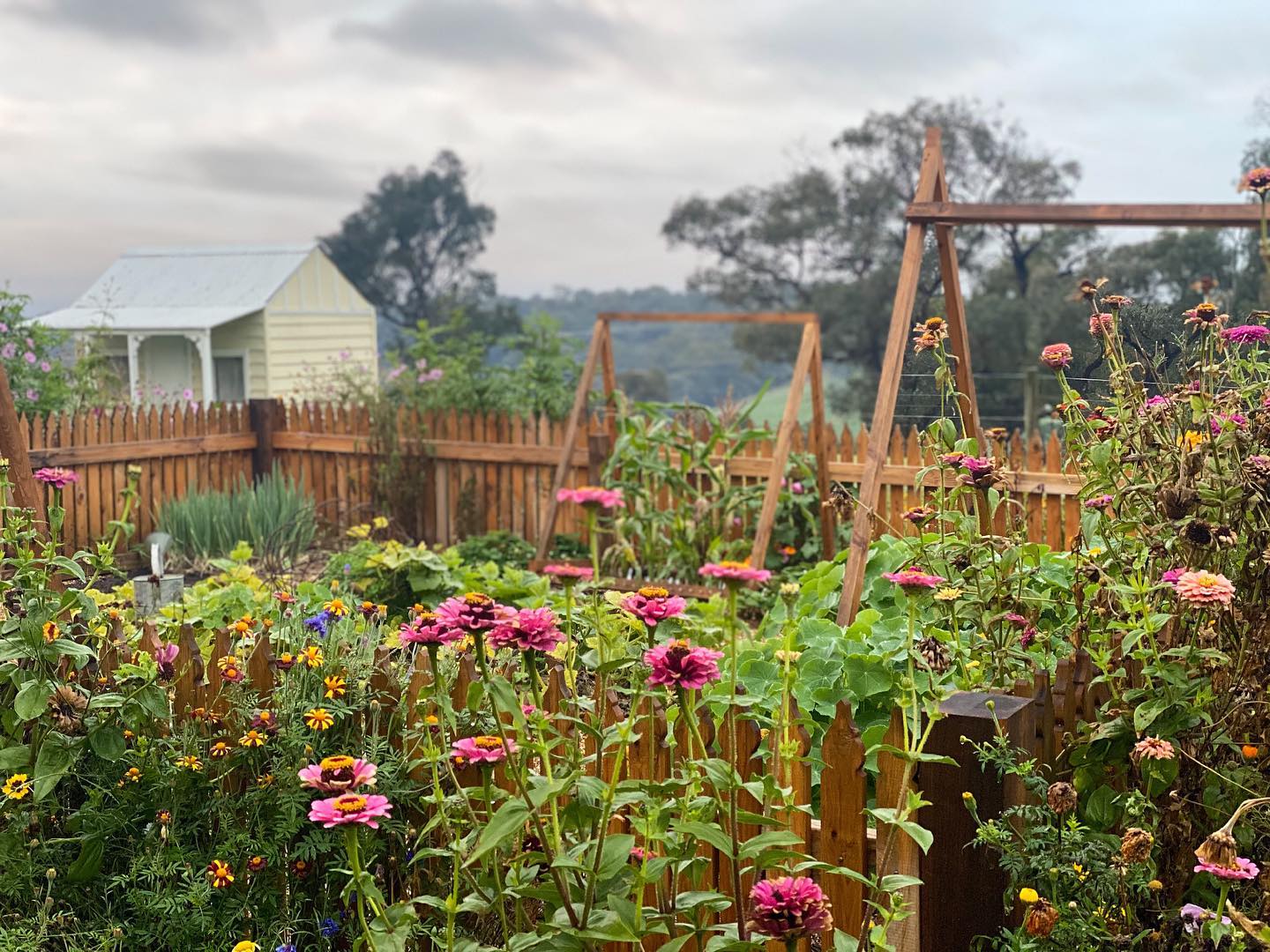
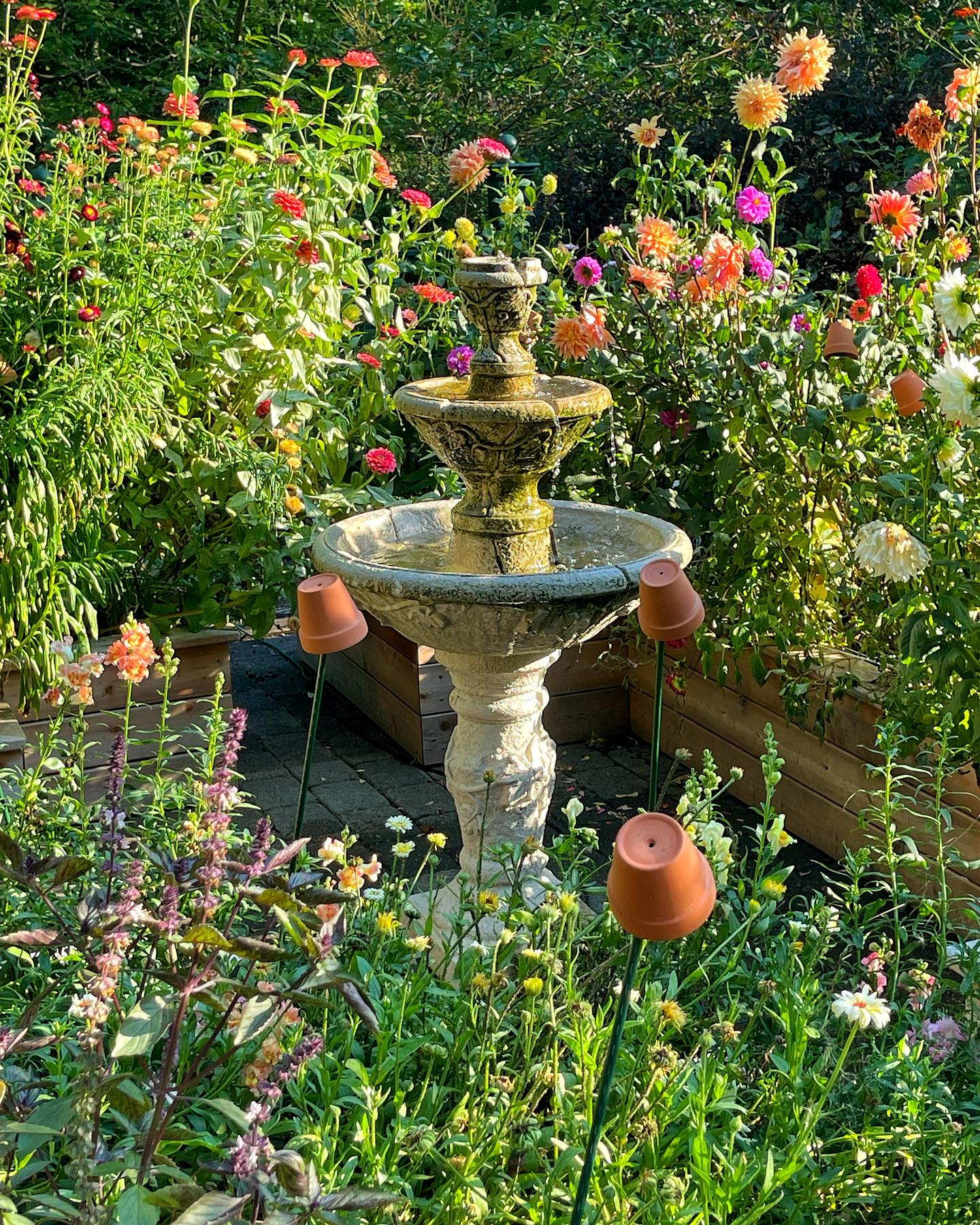
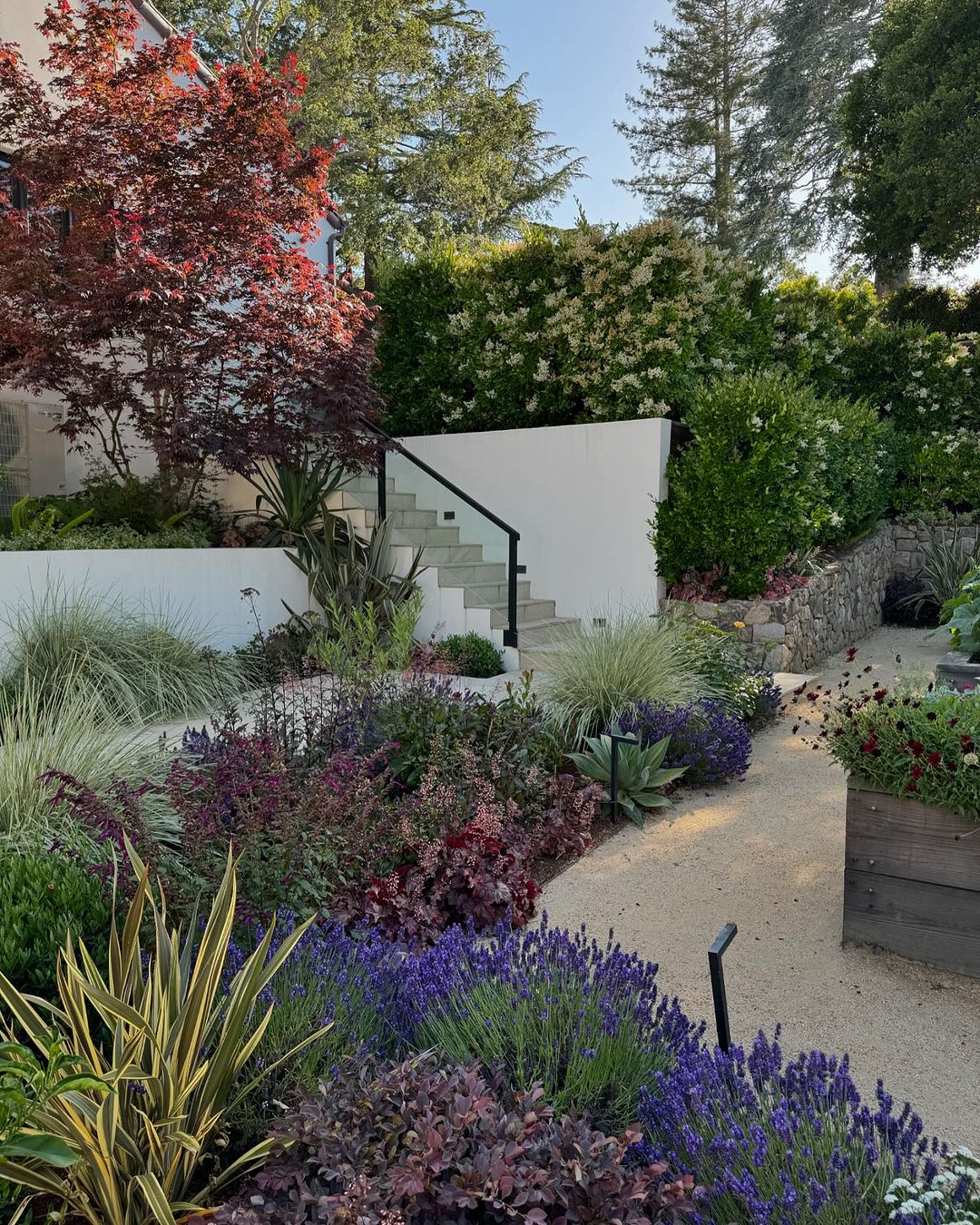
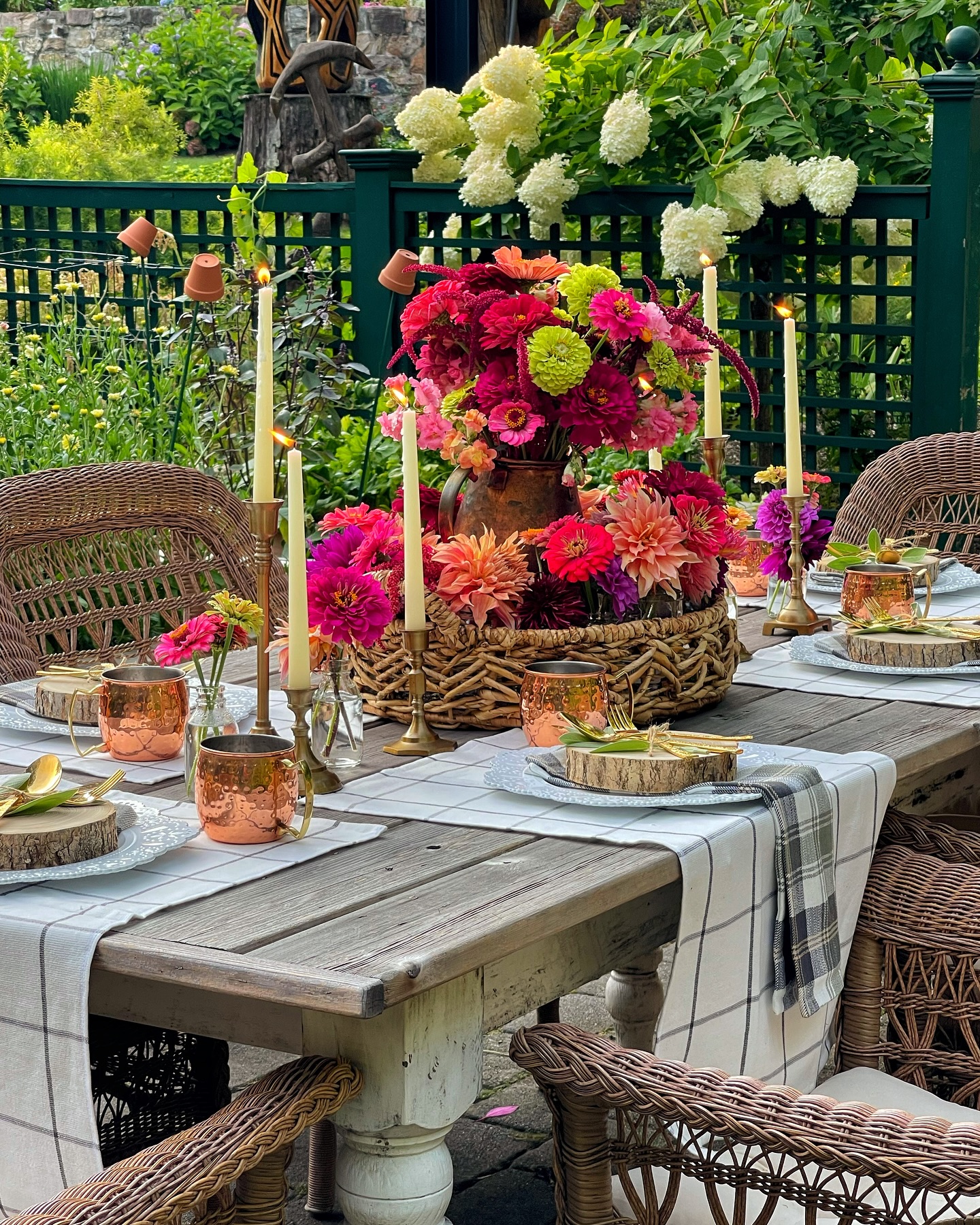
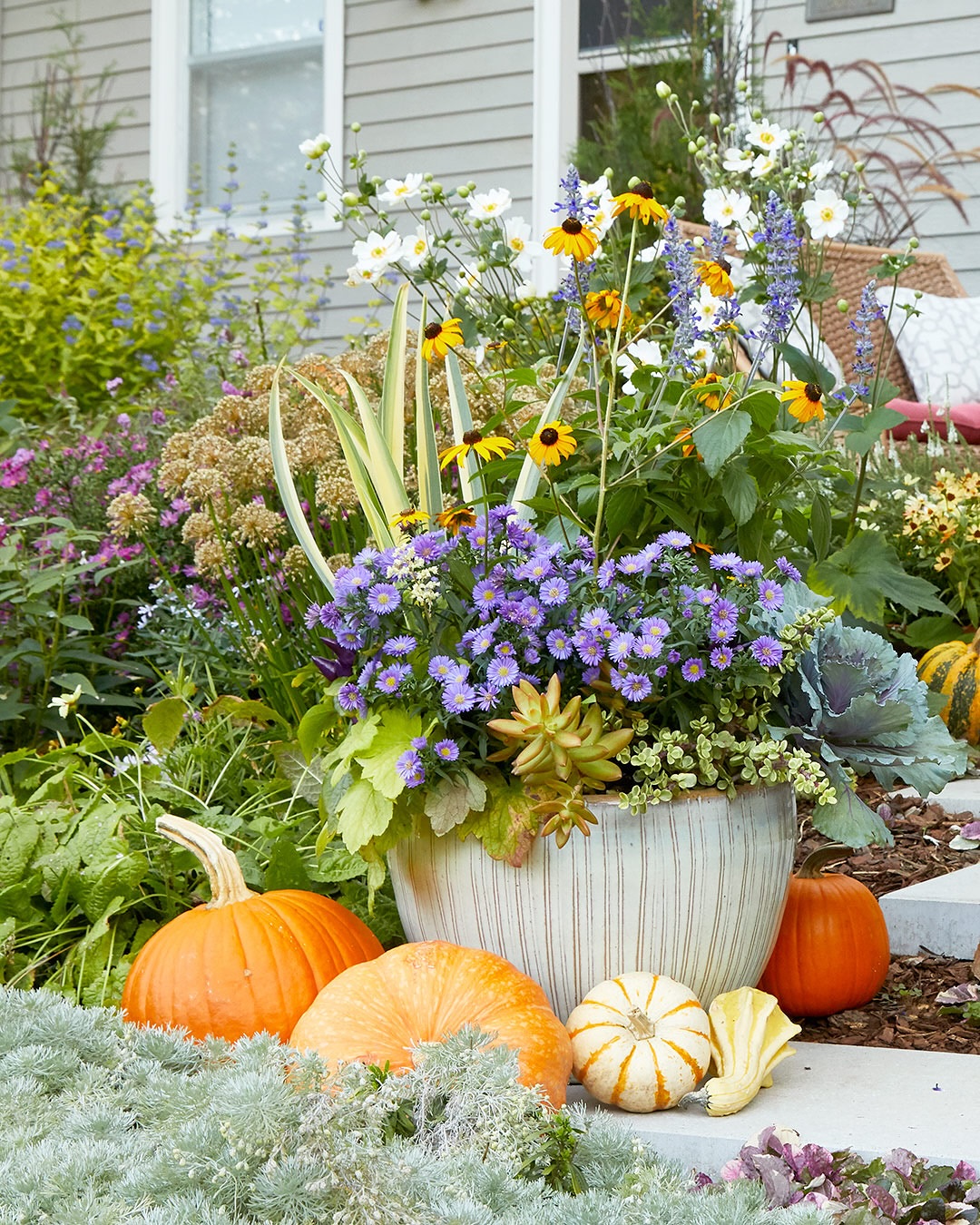
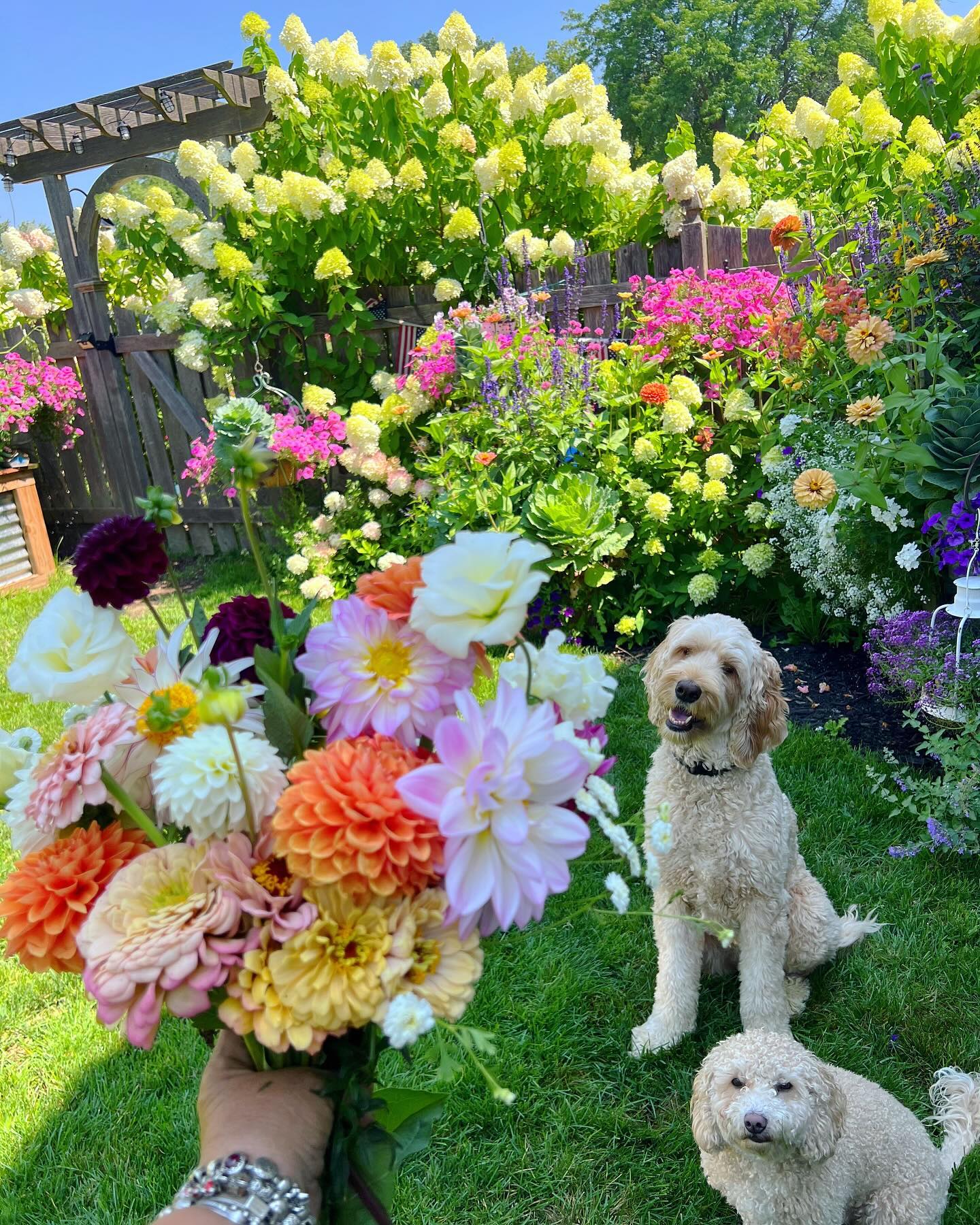
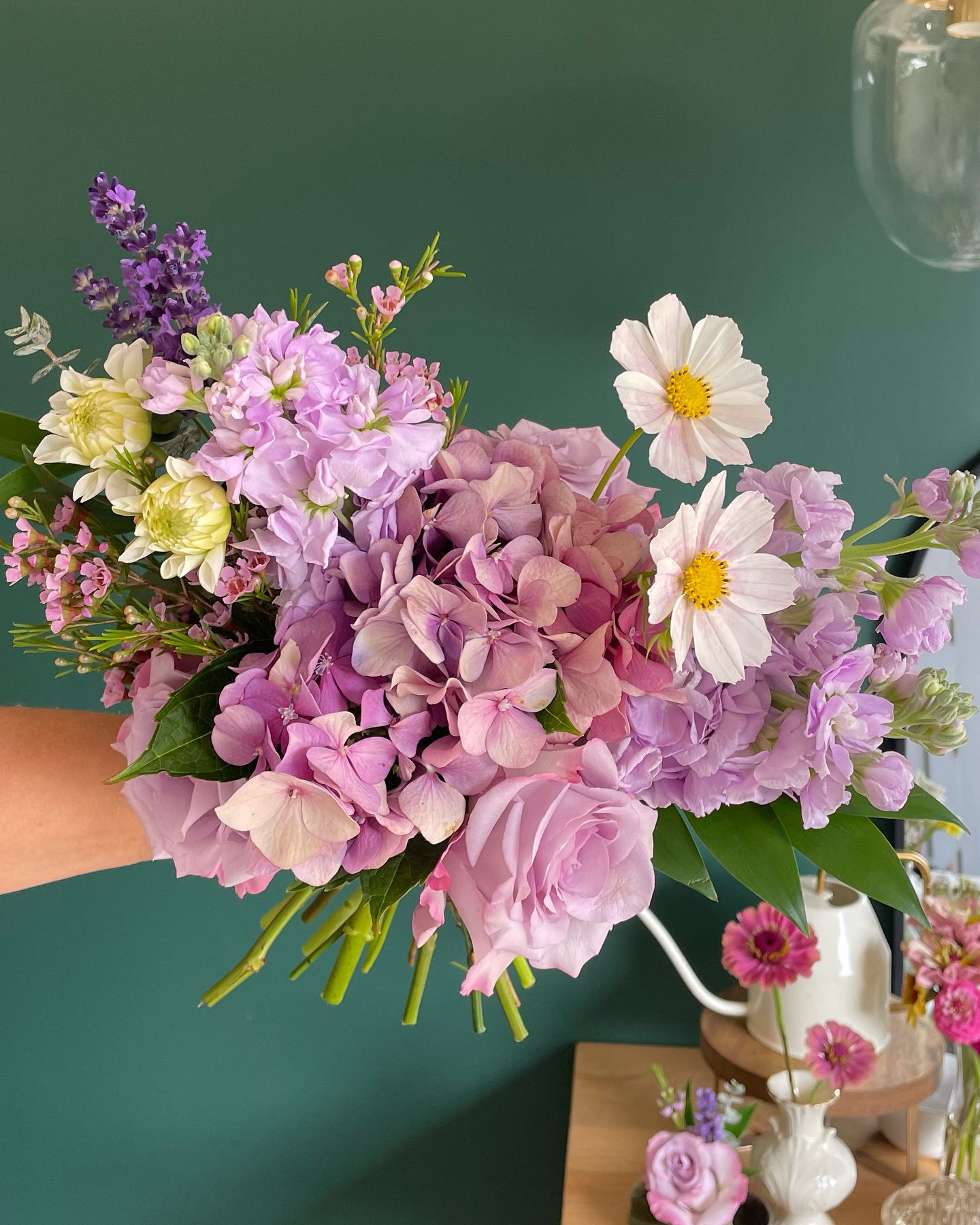
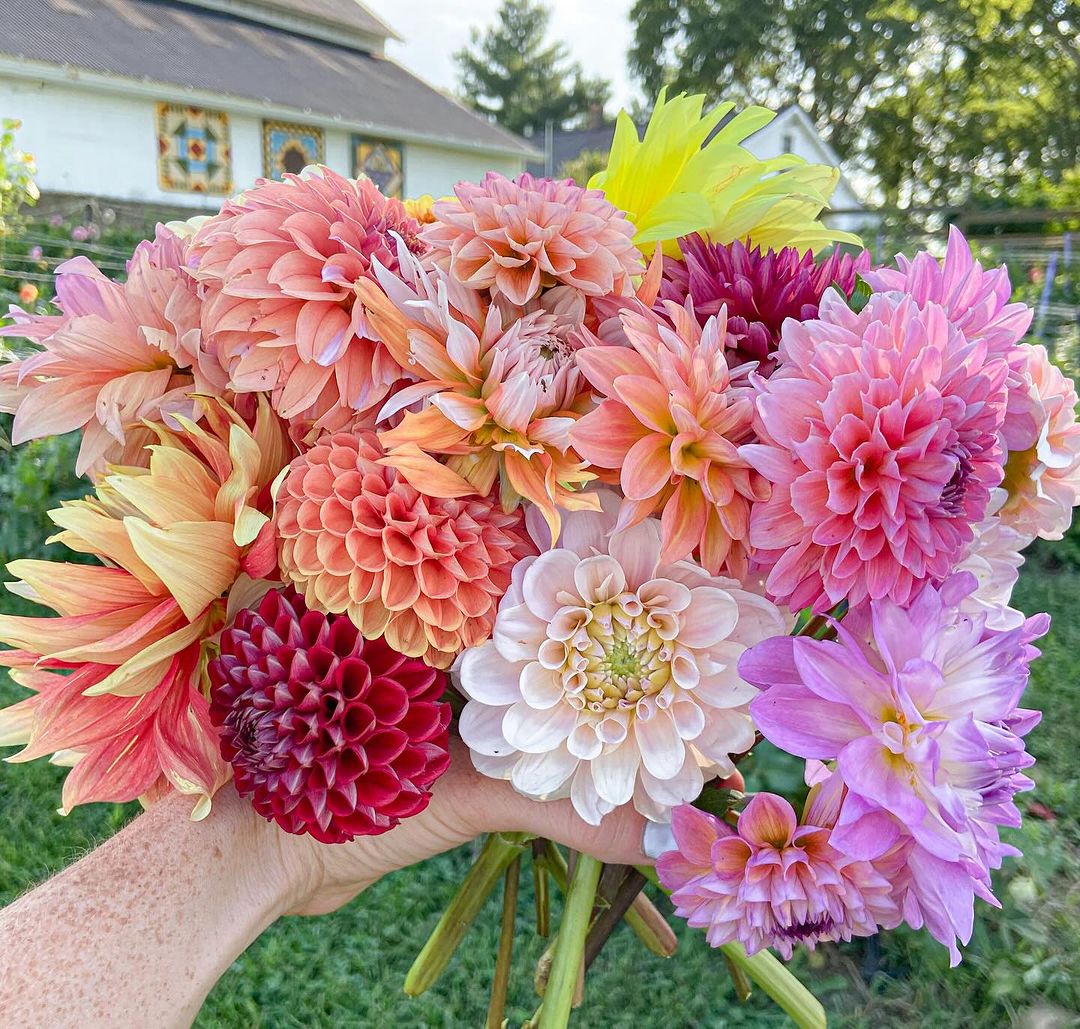

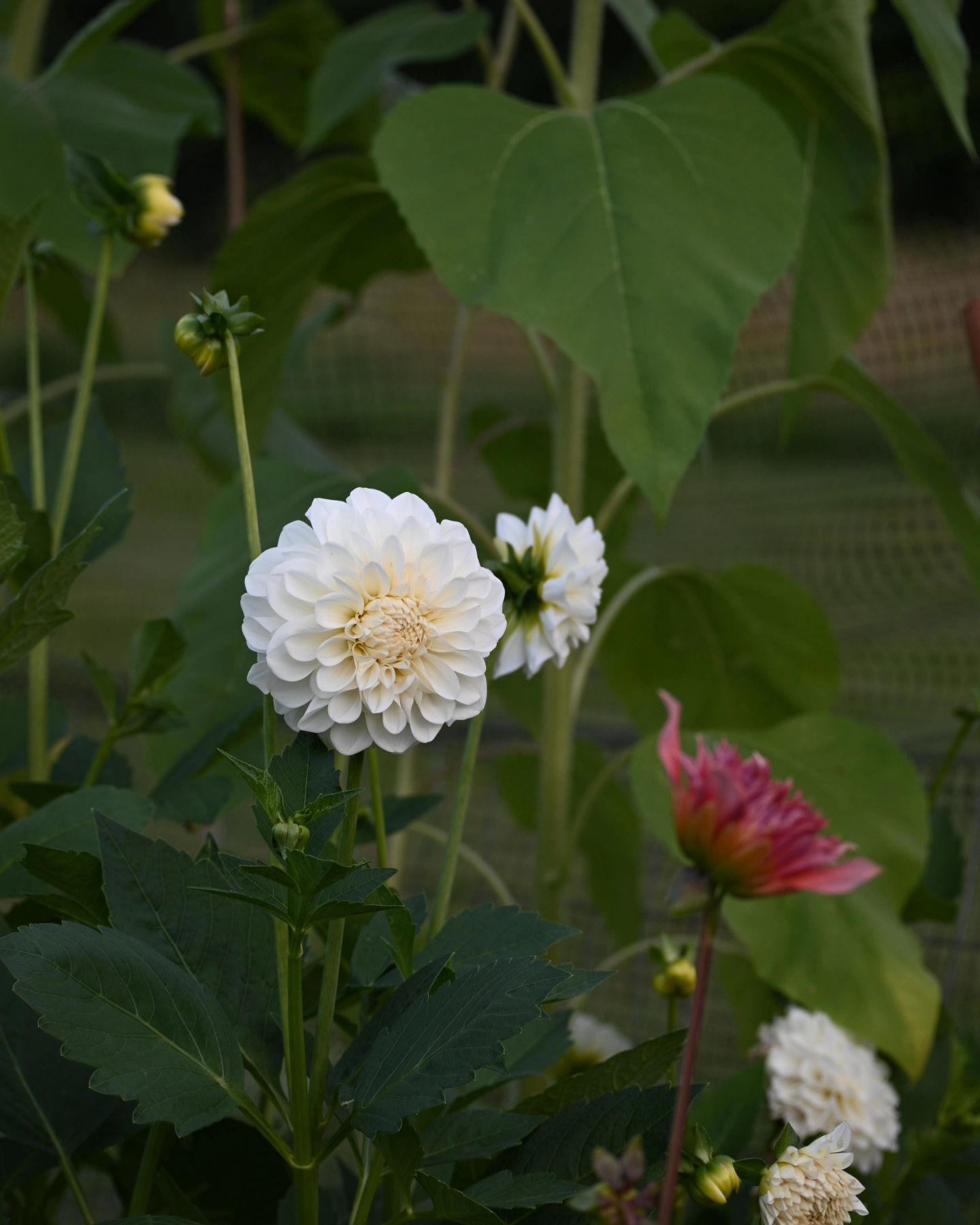
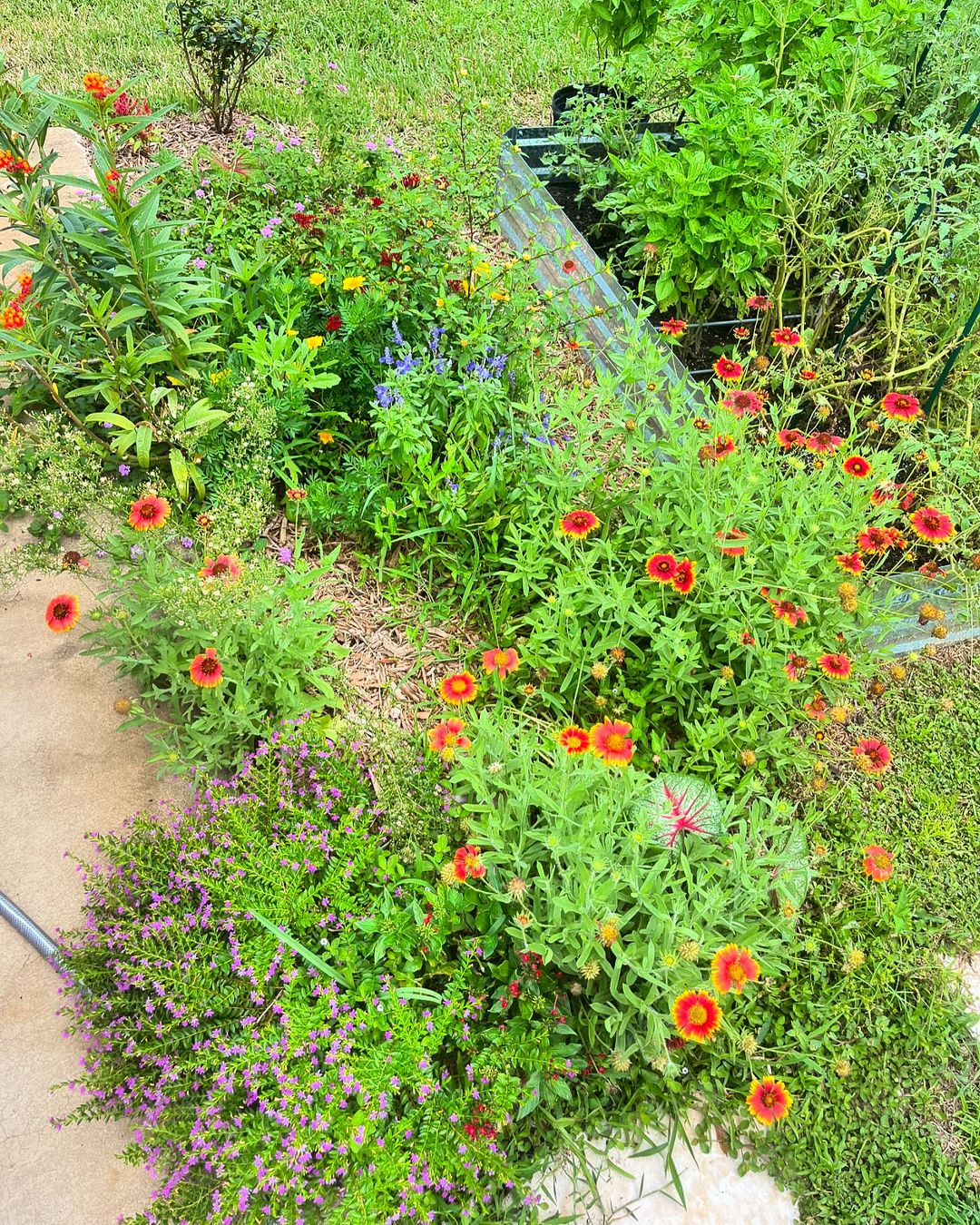
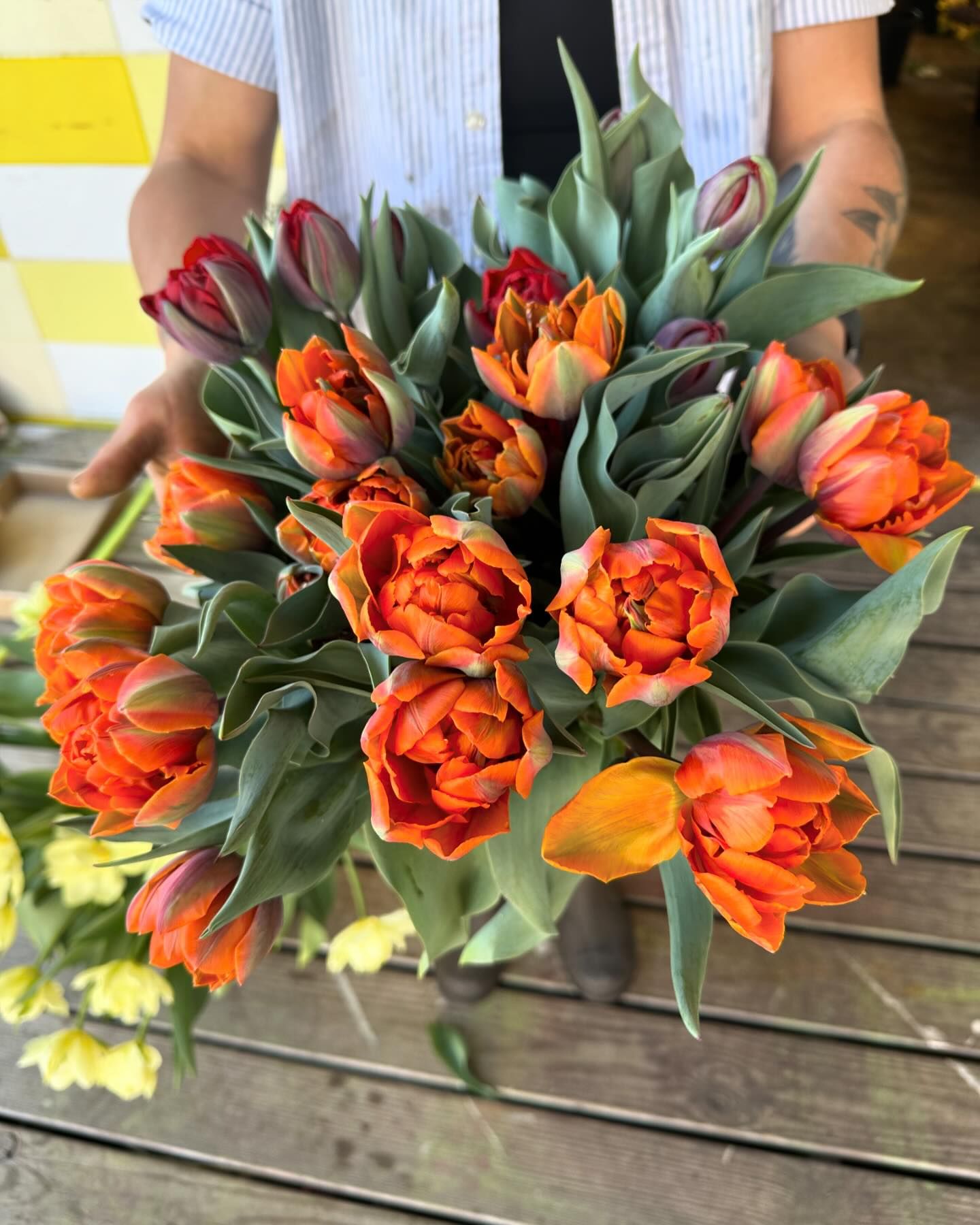
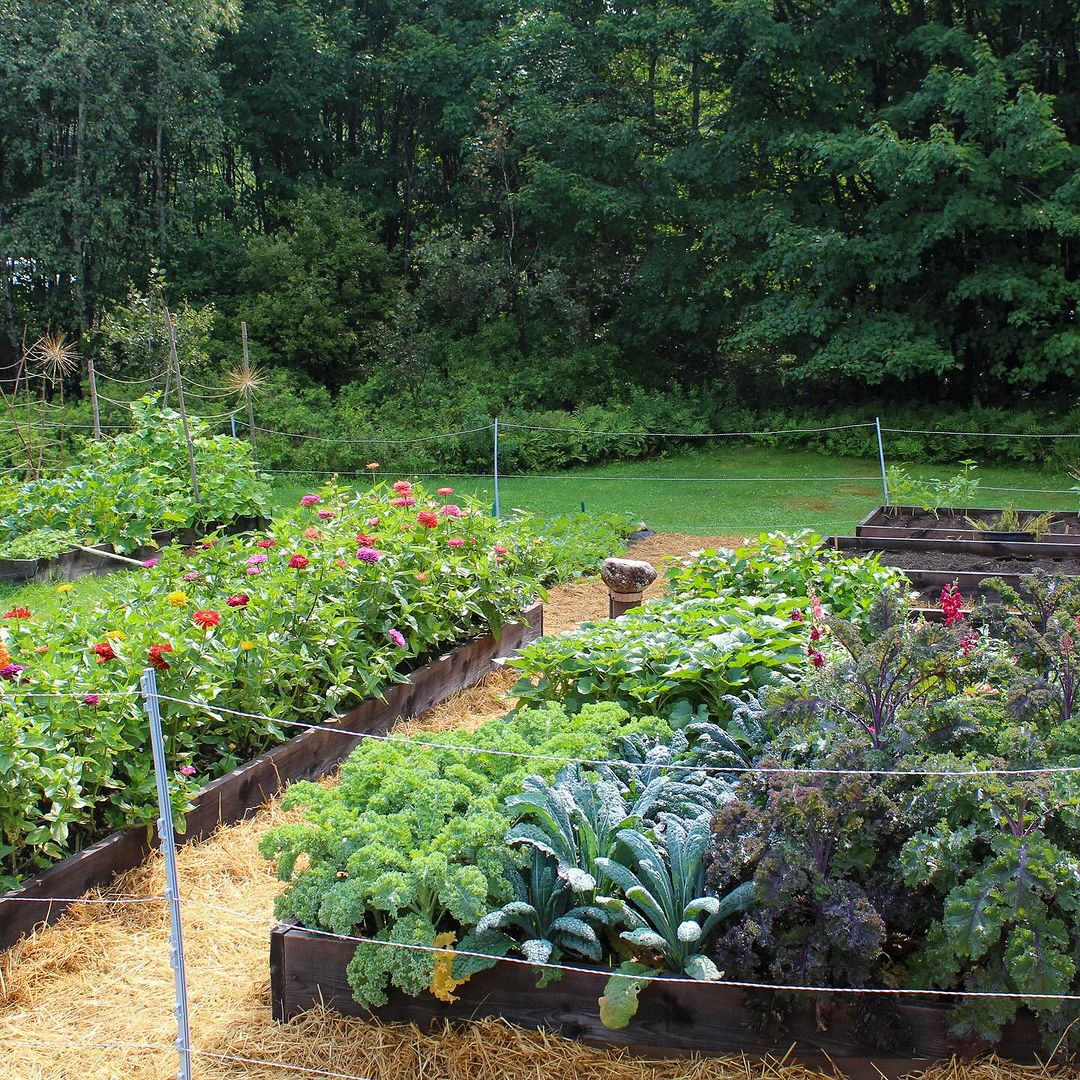
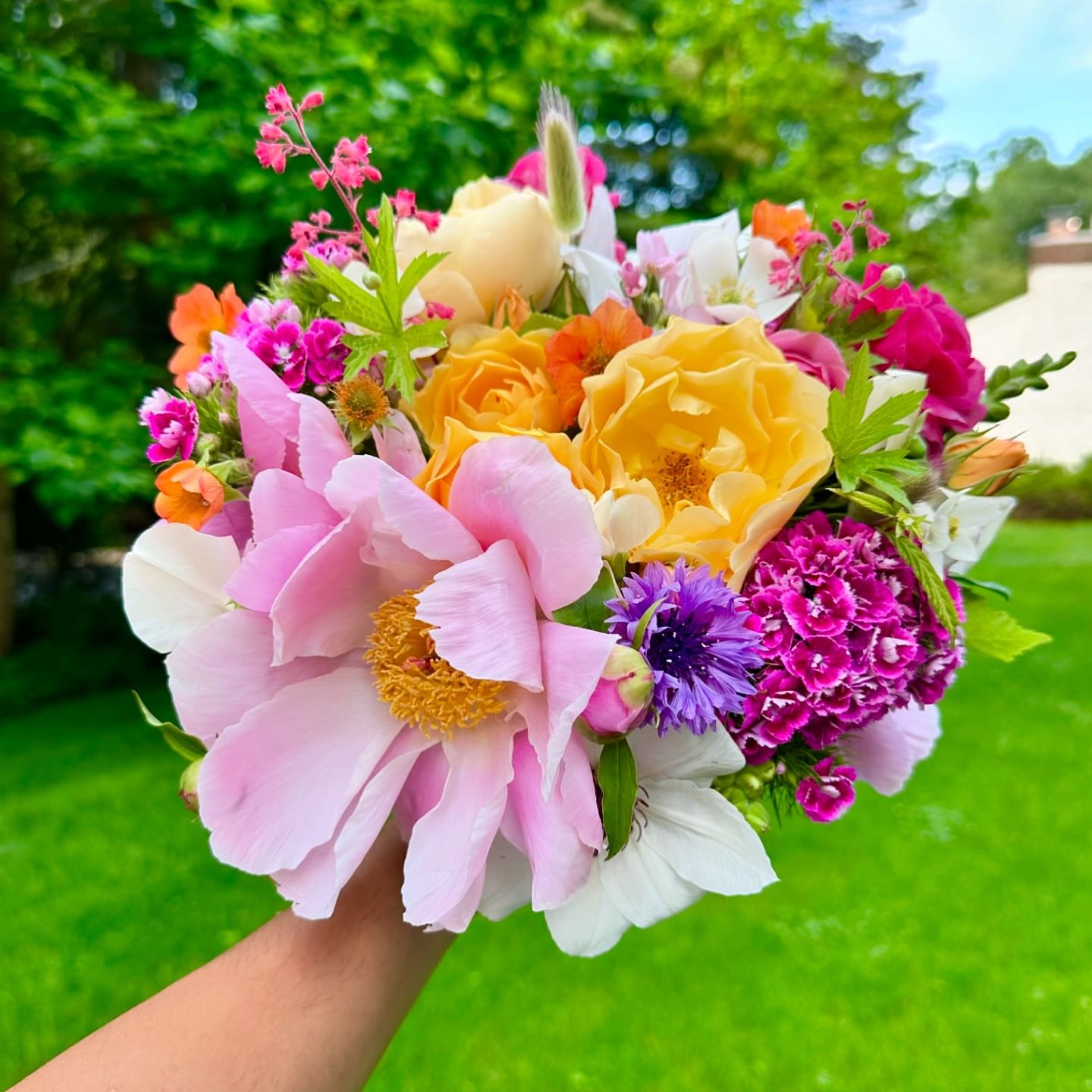
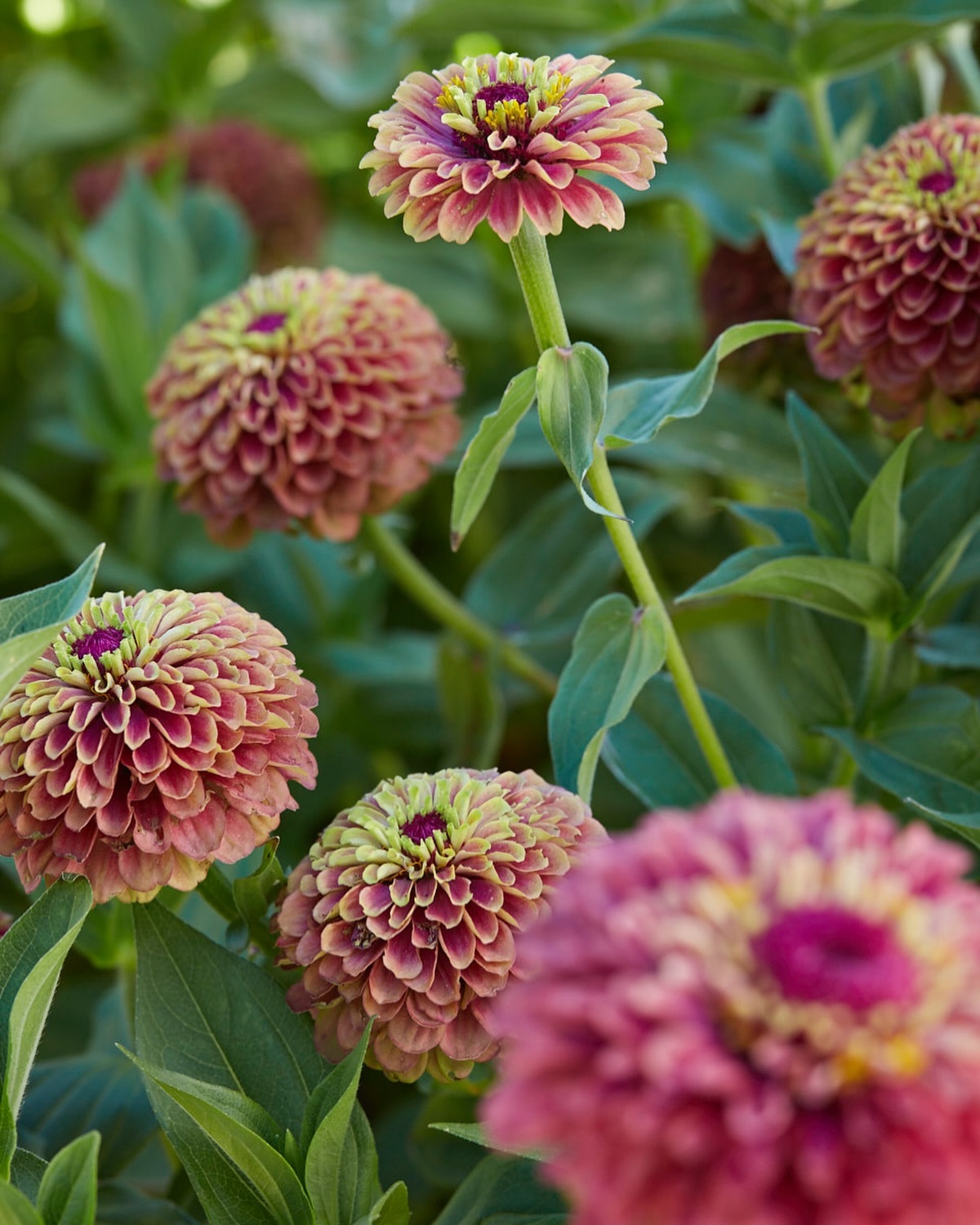
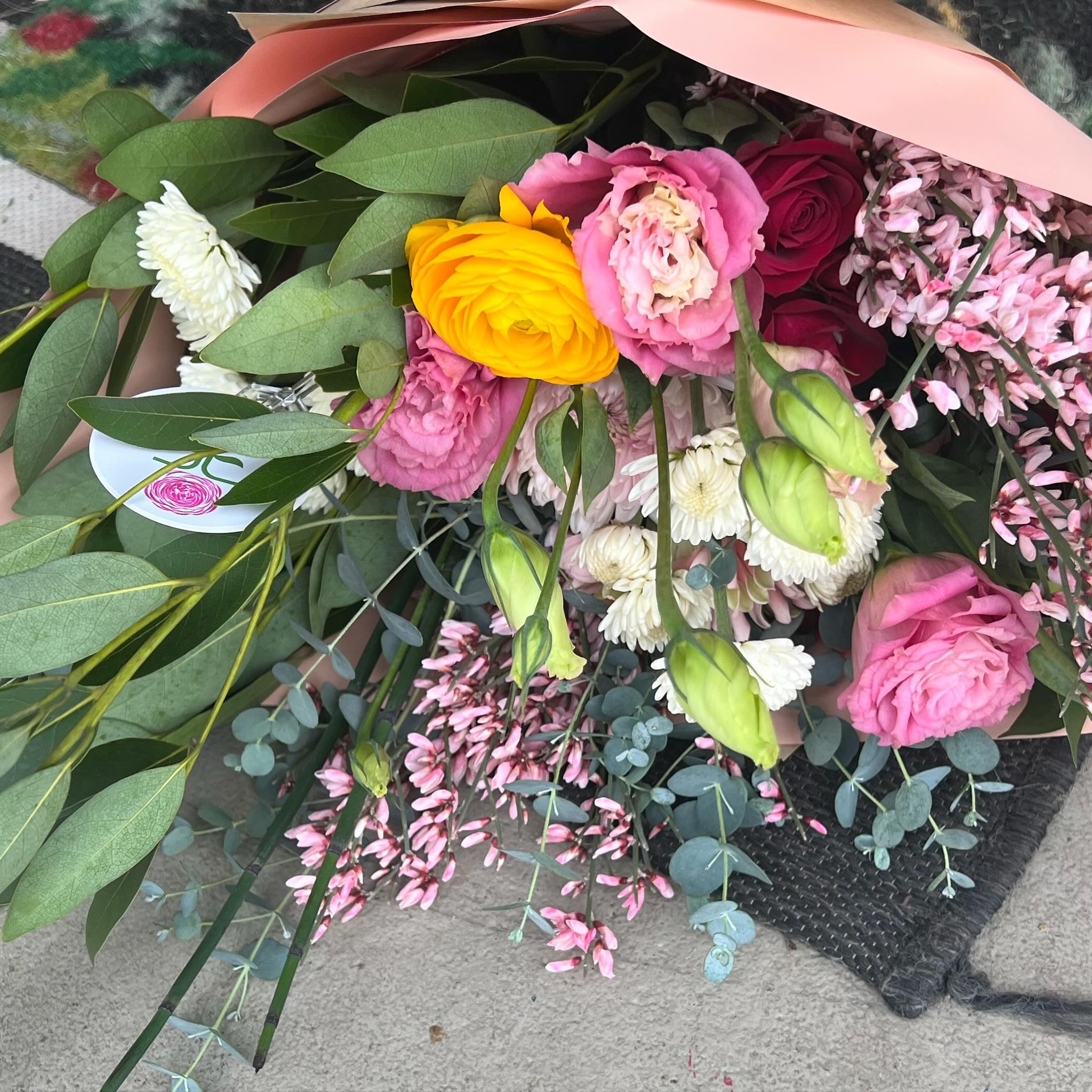
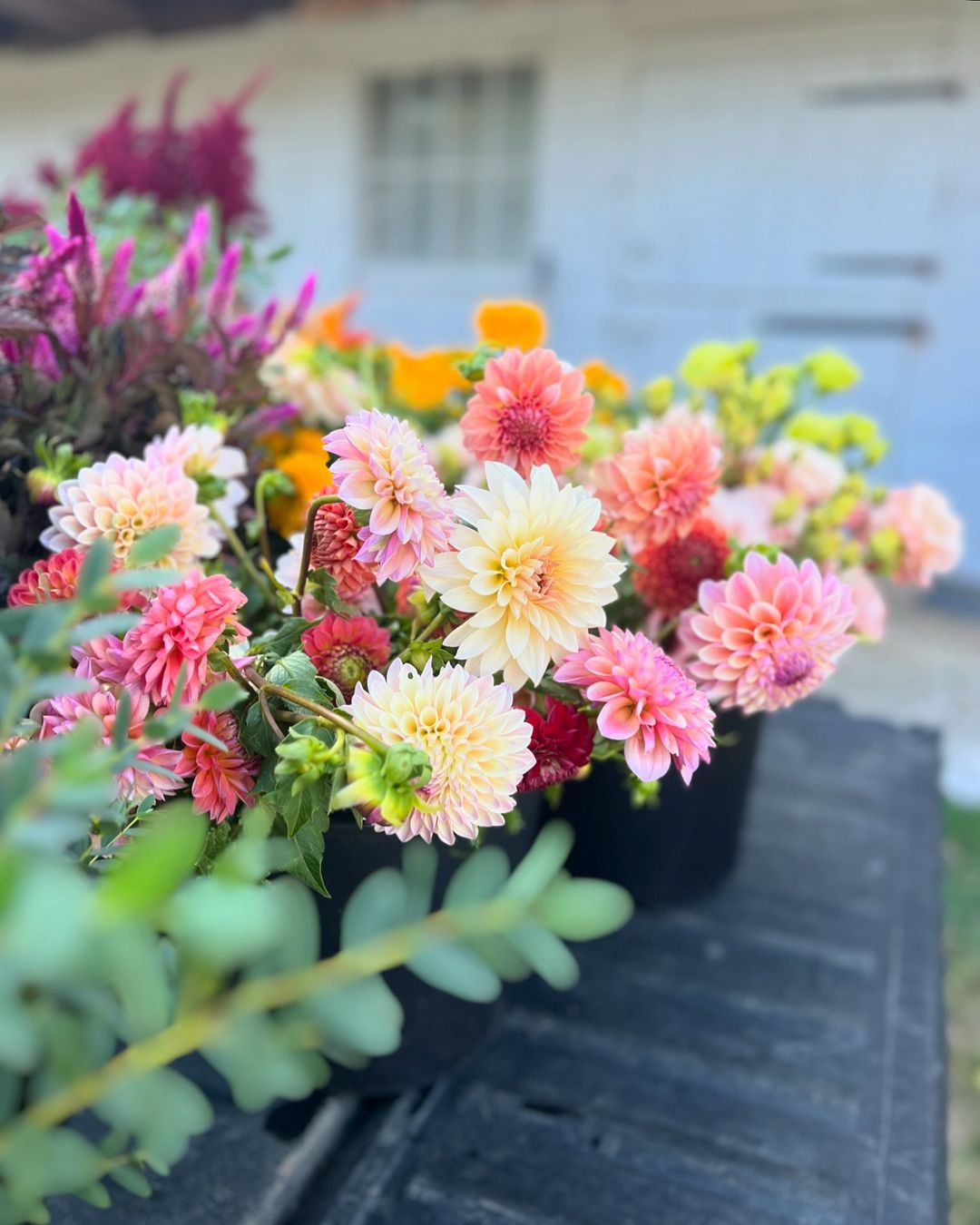
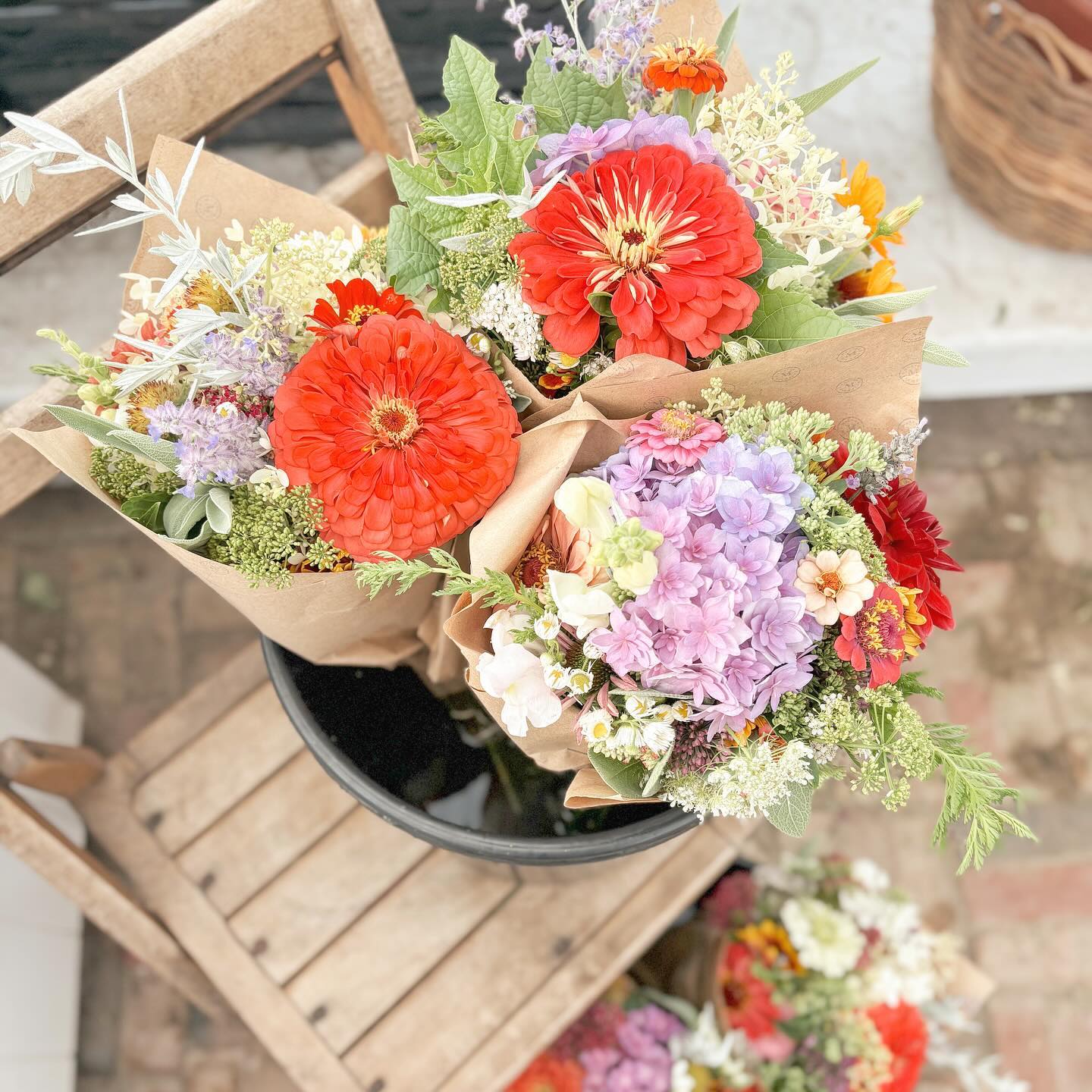
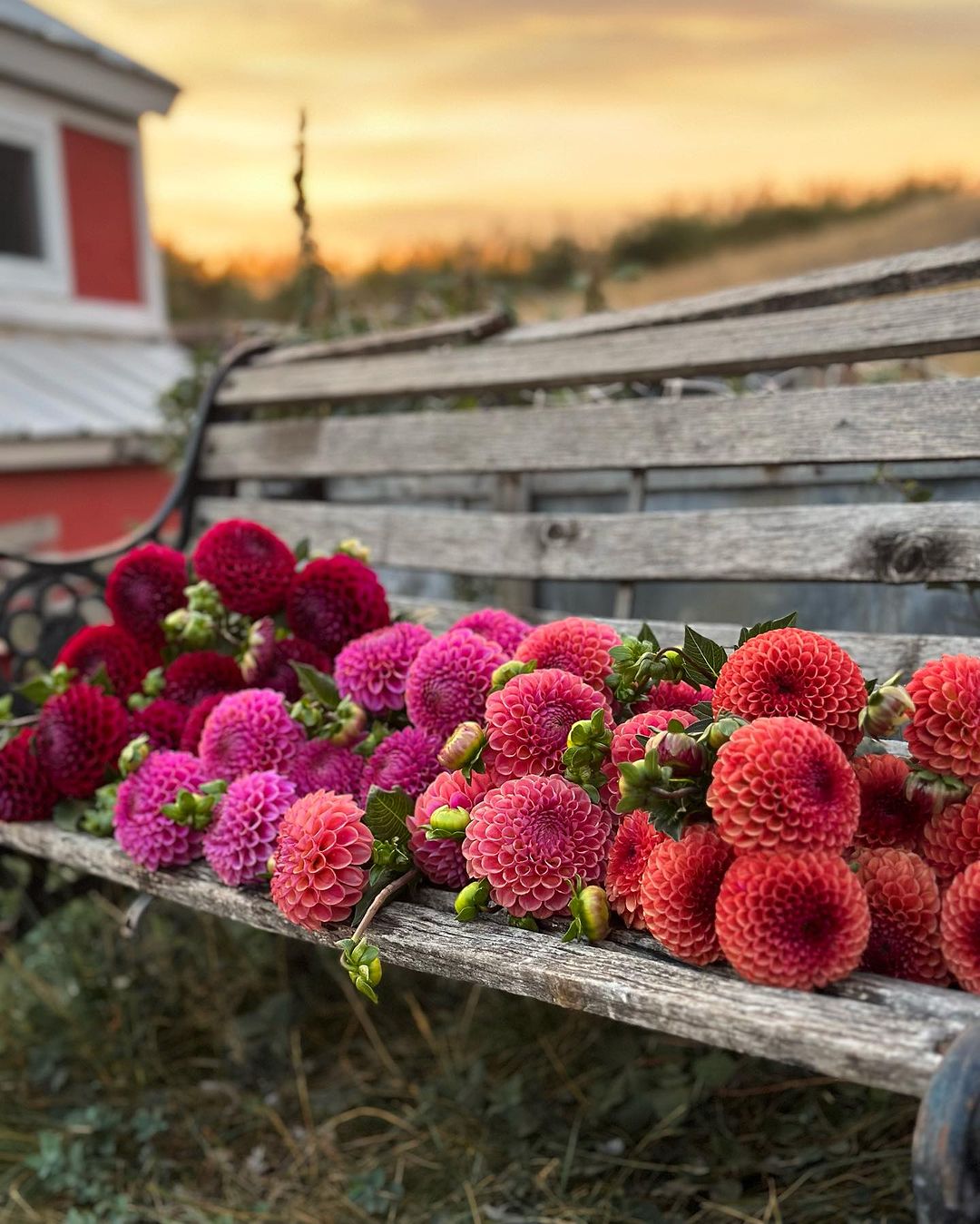
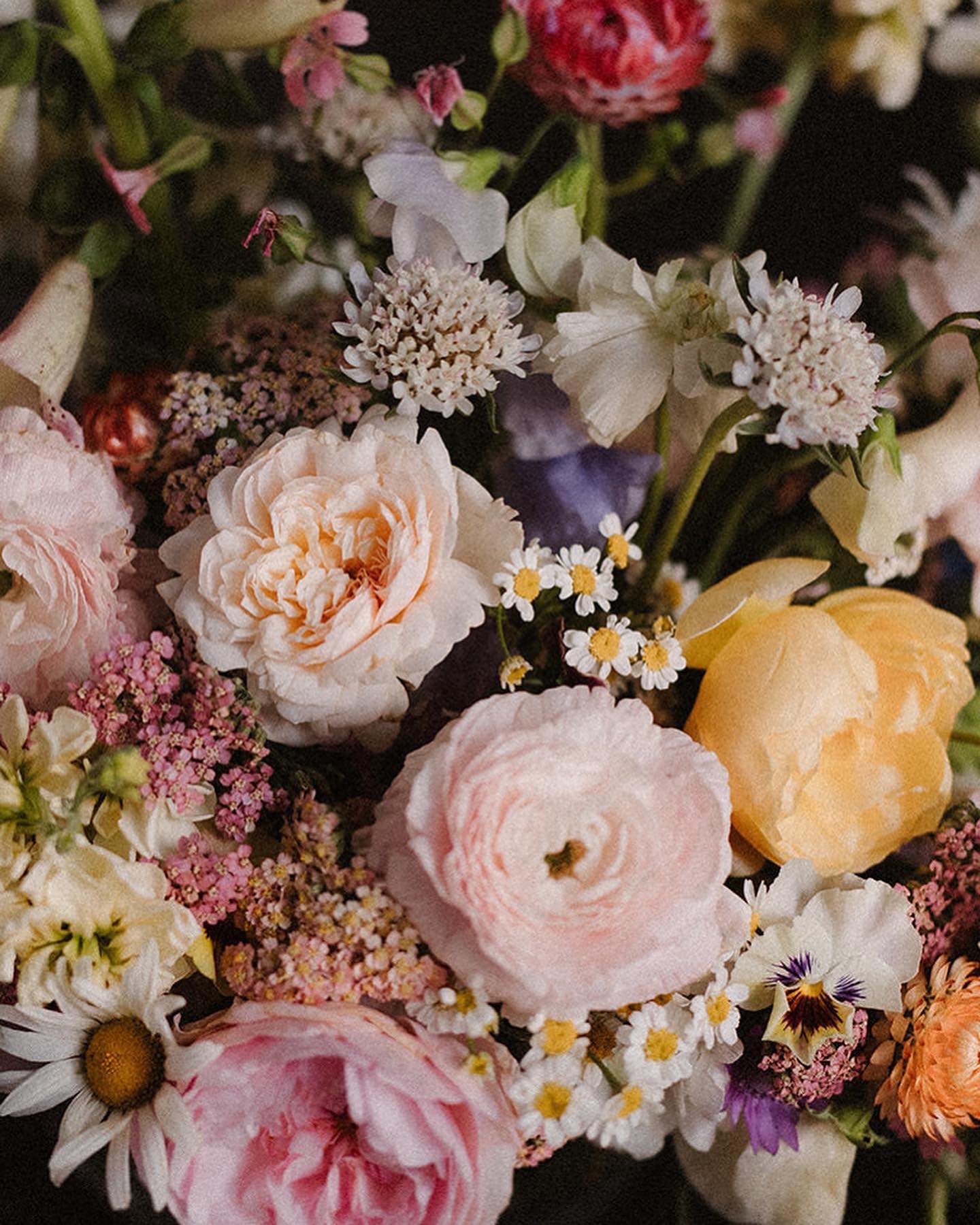
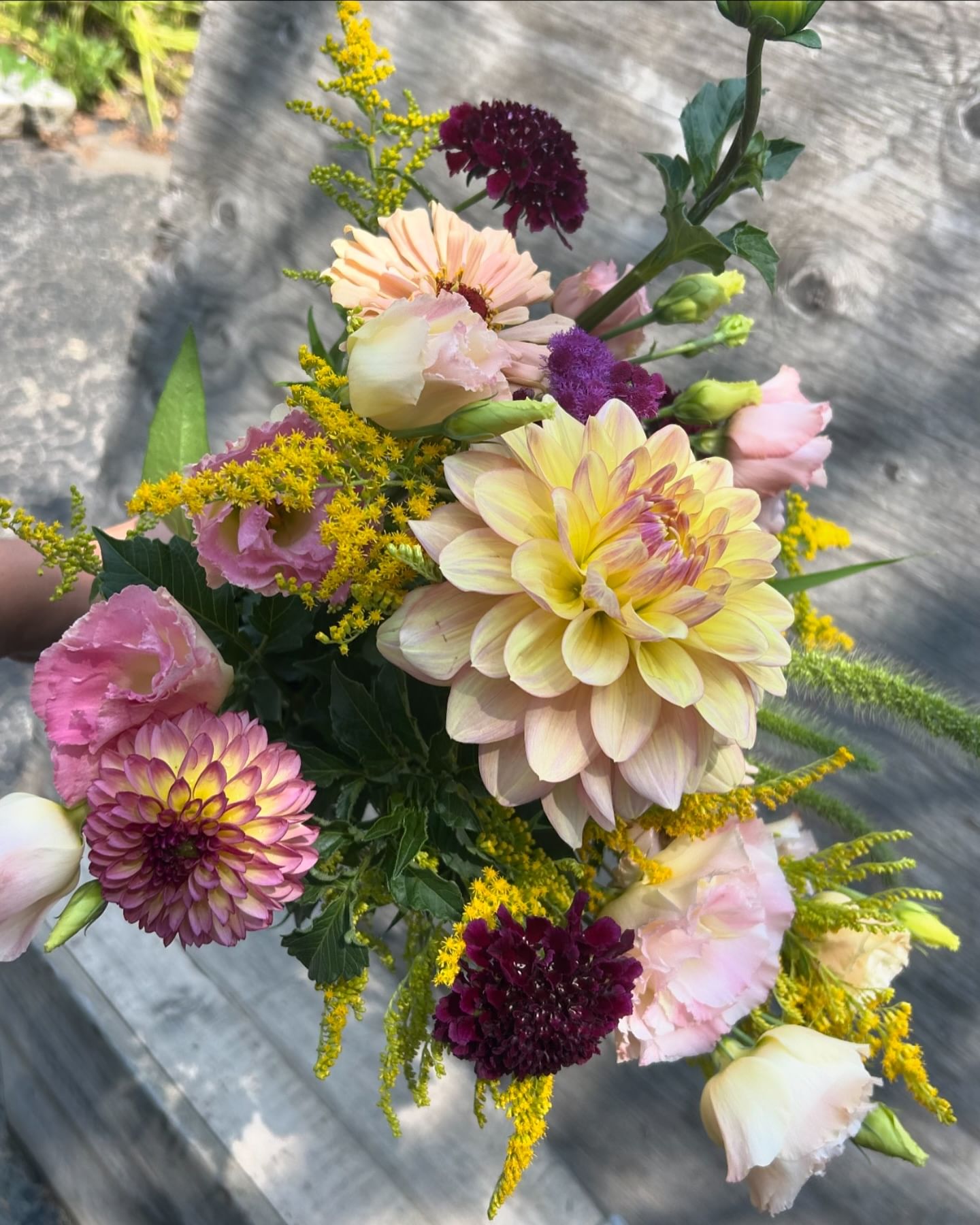

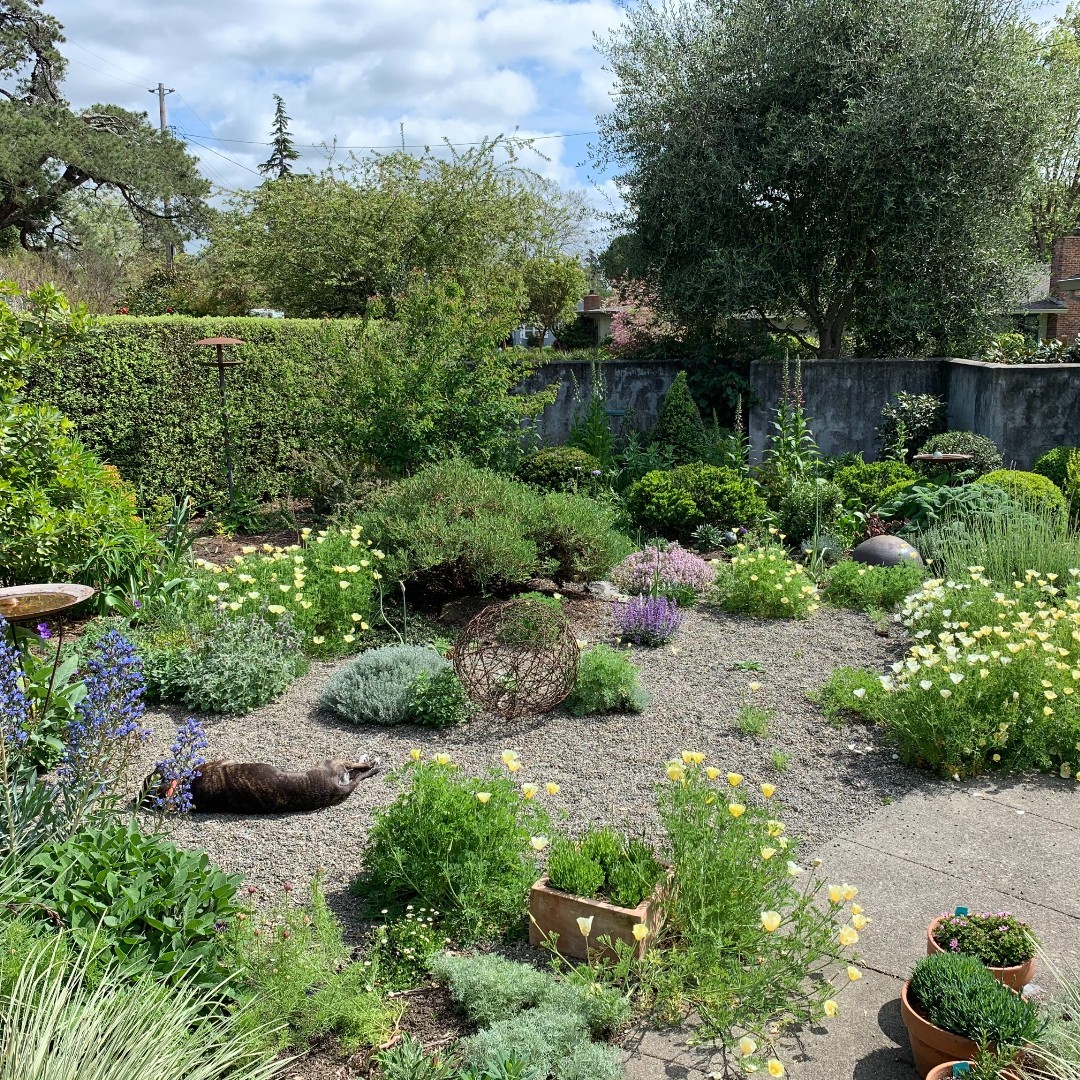
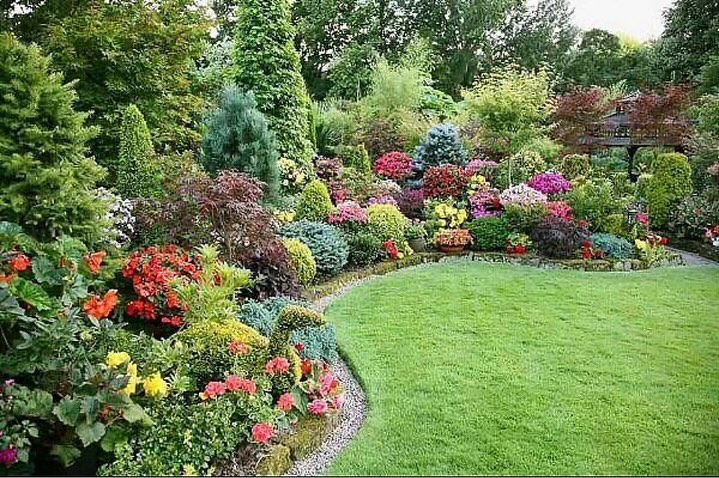
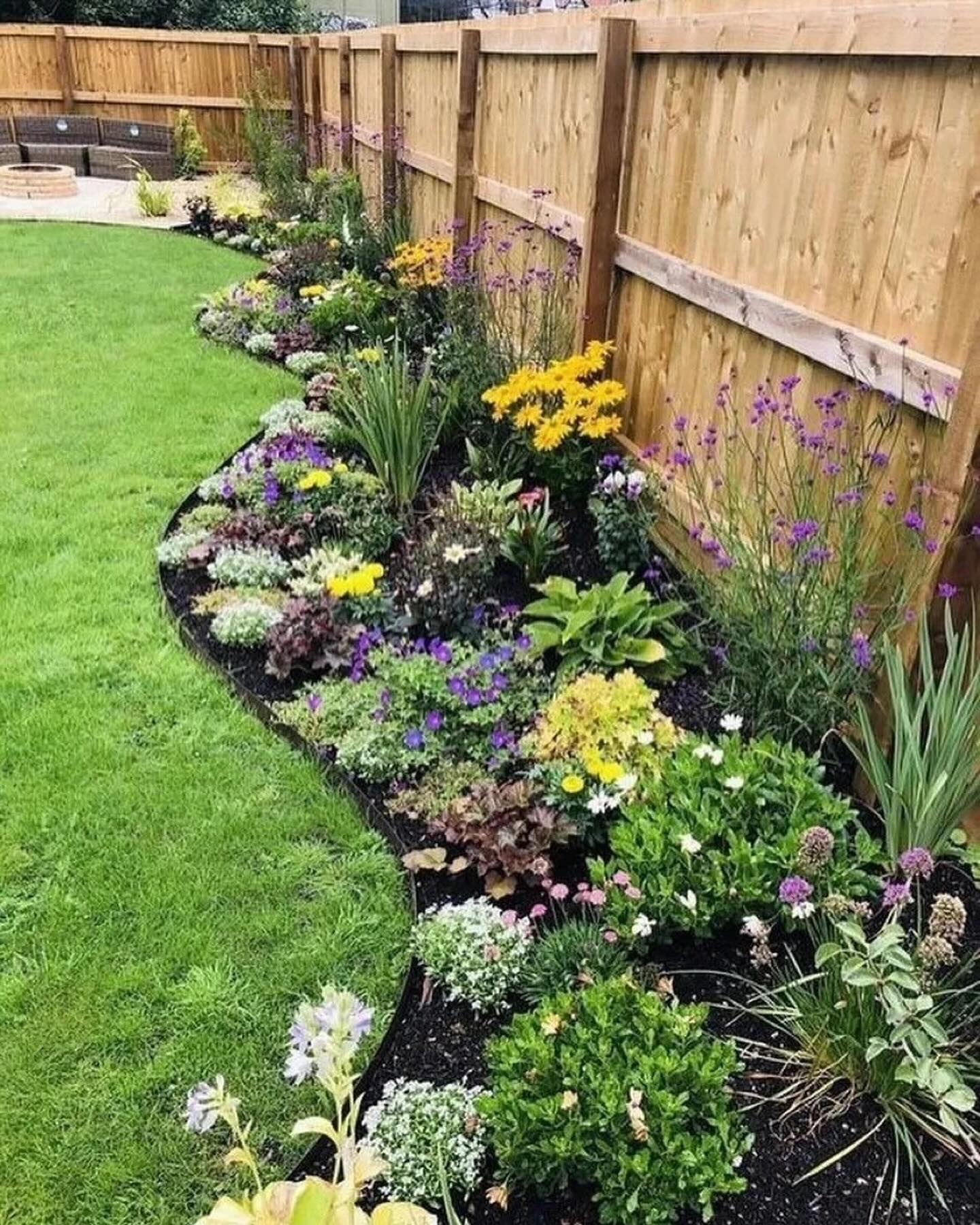
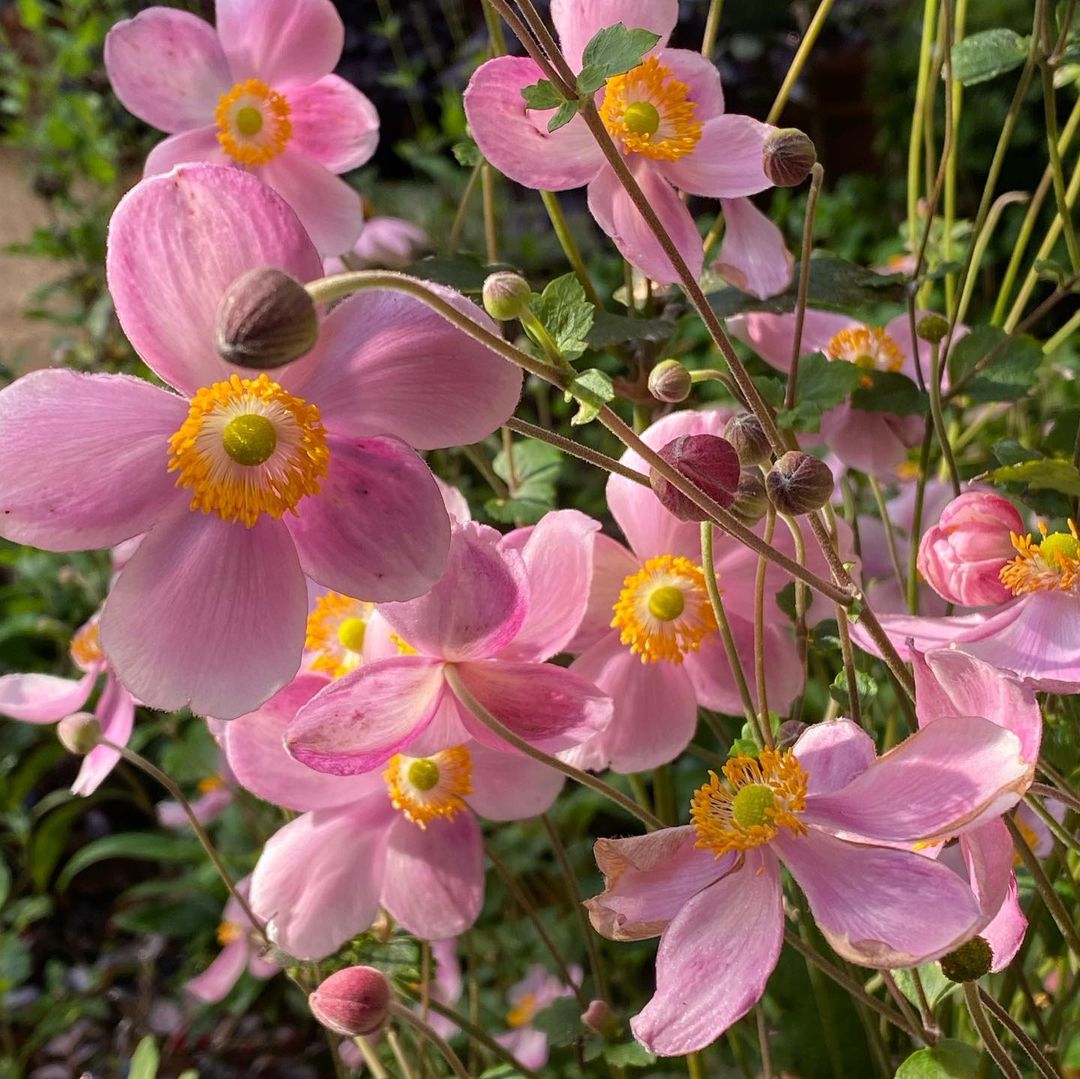
Comments